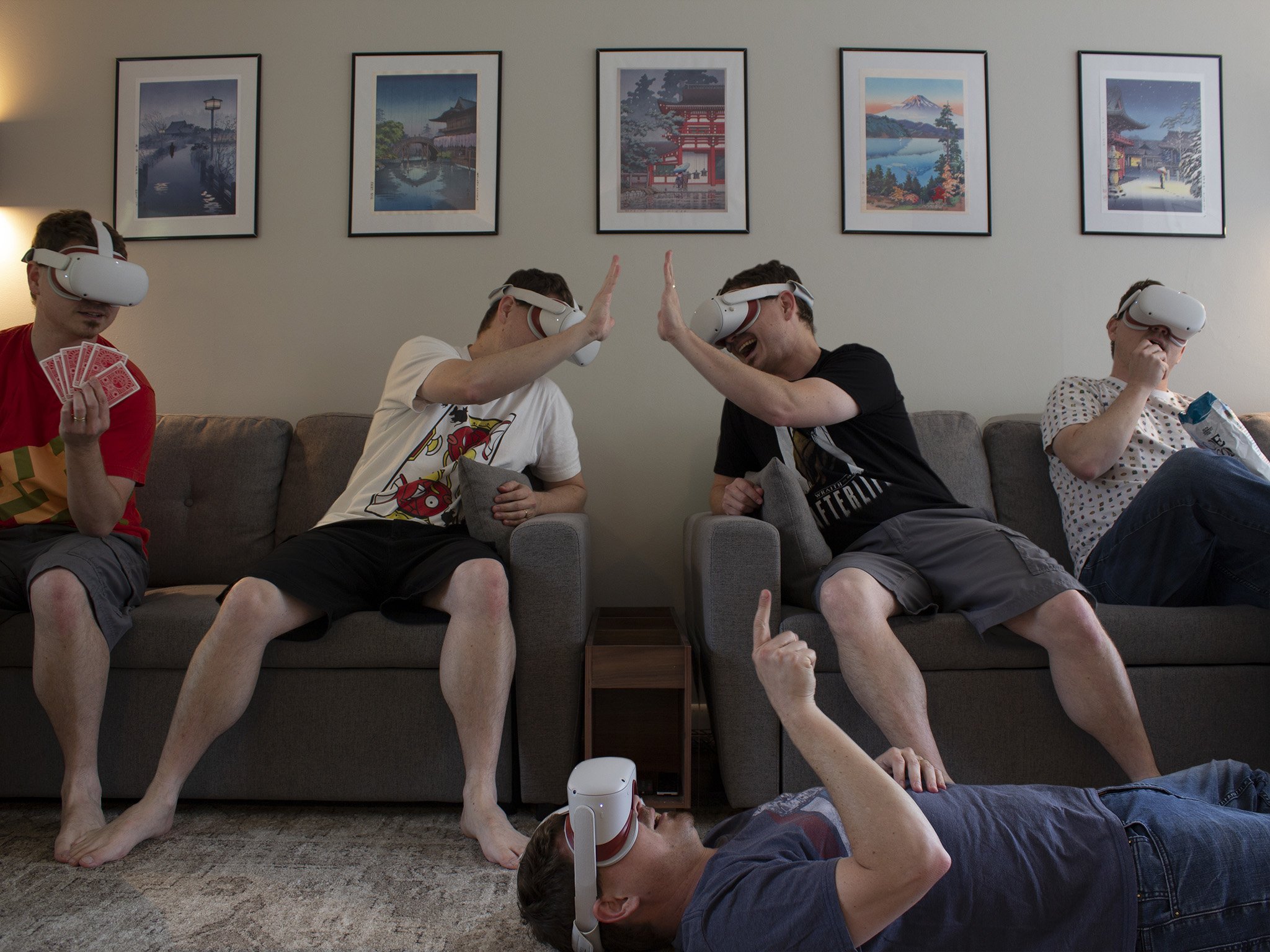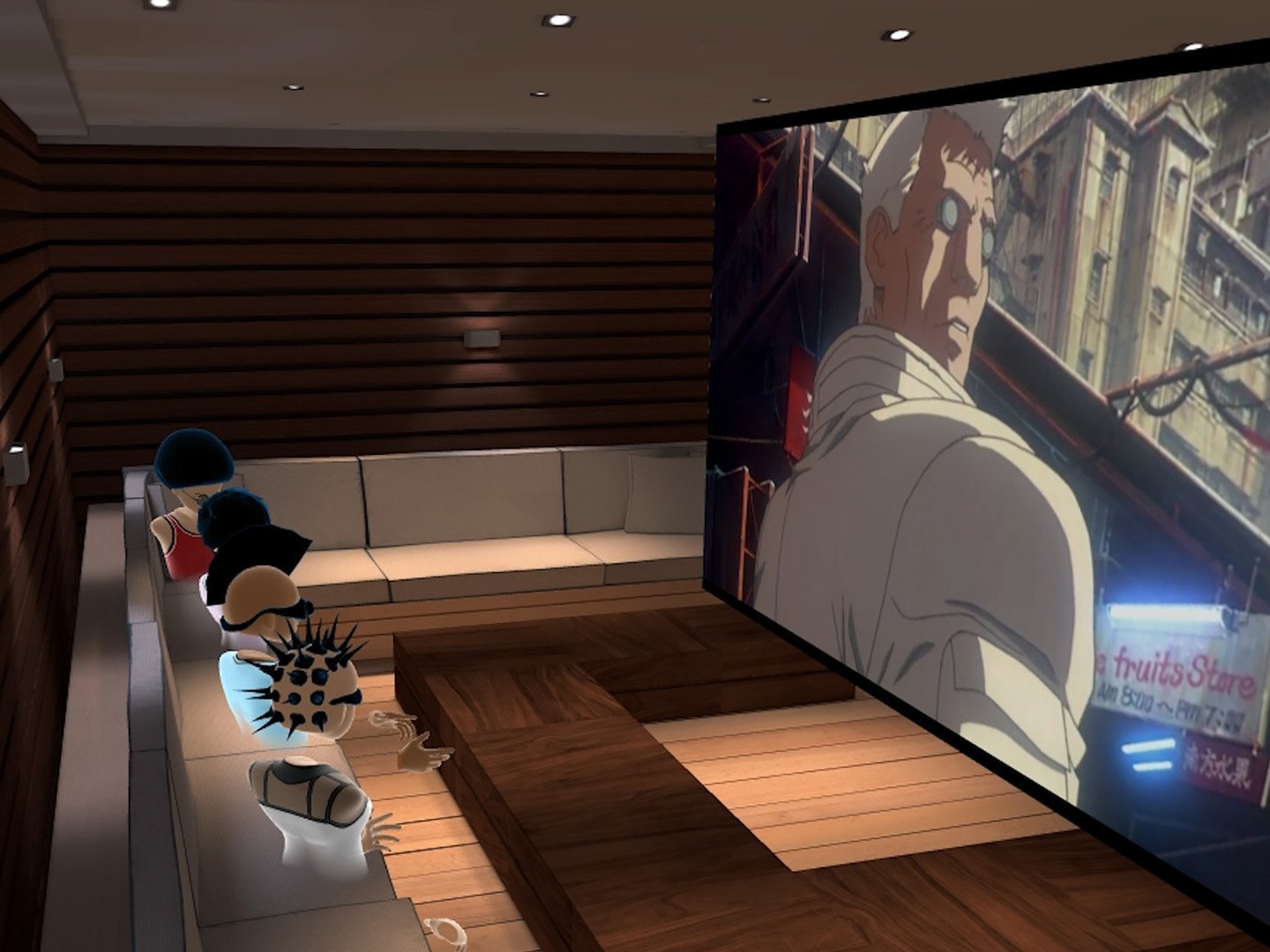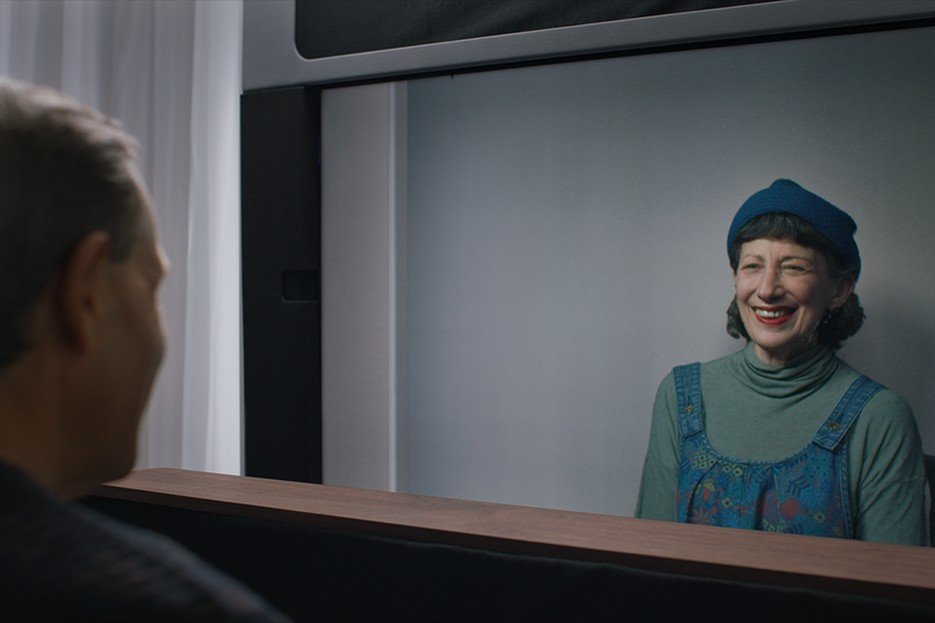After the past year, we all understand what it's like to experience a lack of human presence. While the best teleconferencing apps let us see and talk to someone who might be far away physically, it doesn't make us feel any physically closer to that person. Part of it is because it's easy to get distracted while using a modern smartphone or computer, but most of it boils down to how our brains perceive reality and make memories. Without the physical nature of a person being in your actual physical vicinity, our memories tend to be a little dull.
Enter Google's Project Starline, a product that Google showed off at Google I/O 2021 that aims to revolutionize how people teleconference in office buildings and at home. Researchers at Google recognized the problems with modern teleconferencing apps and took it as a challenge to build something that does more than put a face on a 2D screen.
Project Starline is truly revolutionary in ways that make it seem like science fiction. If you watch the video below, you'll know the reactions from people who have used the product are, indeed, from someone truly in awe of what they just experienced.
There's no doubting how powerful a meeting, a personal call, or even a remote interview would be if everyone was able to have access to this technology in their homes. If the tech ever went mobile, it would certainly go a long way to explaining how people call up full-scale holograms of others in the Star Wars universe, but that reality is even further out than one in which more than just a few Project Starline booths exist.
That's okay though. You don't have to wait another decade (or longer) to experience what it feels like to be digitally present with someone else. VR actually does that right now.
Be together without being together
I'll never forget the first time I sat together with my best friend in a movie theater and cracked jokes the entire time the movie was on. It was after I had moved 600 miles away to live in another state and was languishing over the fact that I left him behind. But there we sat, side-by-side, just like old times, feeling like I had never left. Here's the kicker: we were still physically 600 miles apart while having this experience. How is this possible, you ask? VR.
VR made me feel like I was in the same room with my best friend, even though there's a 600-mile physical gap between us.
Specifically, we used Bigscreen to hang out in VR. We played games like Rec Room and other VR titles for years, but it suddenly made even more sense to use this technology to connect for one big reason: it made us feel like we were somewhere together again. It sounds like I'm waxing poetic here, but I'm really not.
When you strap a headset like an Oculus Quest 2 on, your brain is immediately transported to a digital world that seems real. This is done through a combination of sensors and sensory experiences — not unlike how Project Starline combines different technologies to achieve its end result — that trick your brain into thinking you're really there. This sense of physical presence is what makes VR so darn addicting as, in many ways, it feels like a more powerful version of the pretend play you likely used to do when you were a kid.
Now, something like Bigscreen doesn't utilize realistic avatars or even holographic projections in the way Project Starline does. The hardware used to process the visual side of things just isn't there yet, but it will be, and it's only a matter of time. Project Starline certainly beats current-generation VR in visual quality right now, but it's missing something huge that also helps VR feel so realistic: movement.
No matter how portable or inexpensive Project Starline gets, it's still largely a stationary product that's meant for a sit-down chat.
Now that headsets like the Quest 2 are around and provide 100% freedom of movement without being tethered to a computer, most VR experiences offer the ability to move like you were actually there. That further heightens the sense of realism and presence already felt by what your eyes see and ears hear. Meanwhile, no matter how portable or inexpensive Project Starline gets — two goals stated by the development team at Google — it's still largely a stationary product that's meant to sit down and have a chat.
Adding humanity back into the equation
Among the many reasons the Quest 2 has secured an affable position for VR in recent months are the price and ease of use. At $300, it's the same price as a Nintendo Switch and still offers the freedom of use as Nintendo's console. You really can use it anywhere, and that, once again, helps heighten the immersion factor. I think there's probably hope that technology like Project Starline — which uses a specialized light field display system to project a 3D holograph — could be portable someday, but its current form is anything but convenient or even easily movable.
That's not to say I wouldn't want a device like this in my life someday. Certainly, it would make remote work and communication a lot more memorable. Unfortunately, the main portions of what makes Starline so attractive can already be had for a lower price without the movement restrictions — or storage complications — that a giant Starline booth has. If we're just talking holograms, the ideal tech would be something wrist-mounted like you see in Star Wars or Black Panther. The problem is that, while being portable, this form doesn't provide the sense of presence a life-sized hologram can.
When you chat with someone on Facebook, post on Reddit, or play Call of Duty, the people on the other end don't feel human.
That's part of why I'm such a believer in VR. Headset tech also needs to mature quite a bit, but the fairly clunky designs of most modern VR headsets often take a back seat to the experience they provide. I promise, you'll never forget the feeling of being there when you jump into Rec Room, sit in a digital living room with friends in Bigscreen, or play a round of Eleven Table Tennis (one of the best Quest 2 games).
Soon enough, Facebook Horizon should provide a shared world experience that rivals what science fiction novels have romanticized in the past. After all, Mark Zuckerberg is a big believer in virtual presence and thinks it will help us come closer together digitally, helping to erase a lot of the anonymity we so often see in current Internet-connected tech. It's a larger conversation that isn't often mentioned — to the great shame of the industry, as a whole — because it would help replace some of the humanity that's simply lost when we try to connect through a flat screen.
VR can help reintroduce the nuance that's been lost in digital communication and return the humanity to the equation.
When you chat with someone on Facebook, post on Reddit, or play Call of Duty, the people on the other end don't feel human. There's really just no getting around it. It's why we see so much harassment, marginalization, and tribal groupings in our modern-day social networks. When you remove the humanity part of the equation — the most important part of any communication — people are reduced to becoming targets of an agenda. They become a list of names on a forever-changing digital roster.
We can change that with better, more meaningful tech, and we don't even have to wait to do that. VR is the answer to many of these problems, and it's the variable that many people probably don't realize belongs in the equation. There's a lot to build and work to be done, but my hope is that upcoming projects like Facebook Horizon help bring people together in ways that today's sterile social networks never could. Our brains just work better when the person on the other end feels like an actual human.



Tidak ada komentar:
Posting Komentar